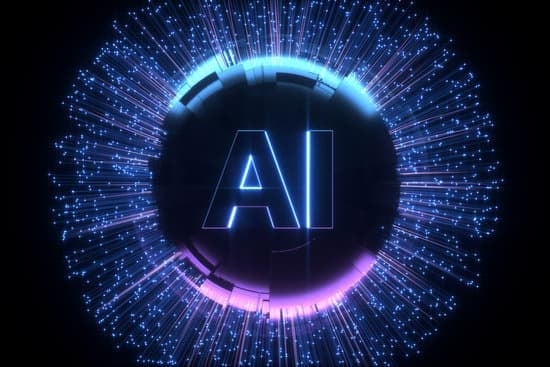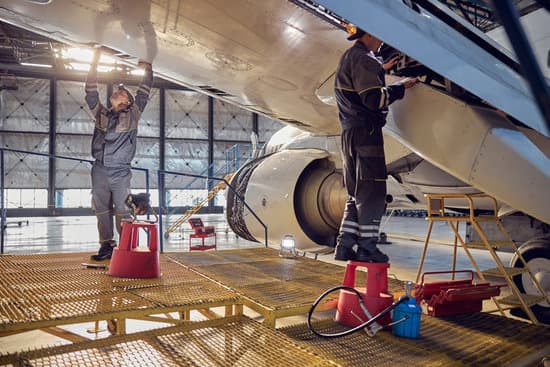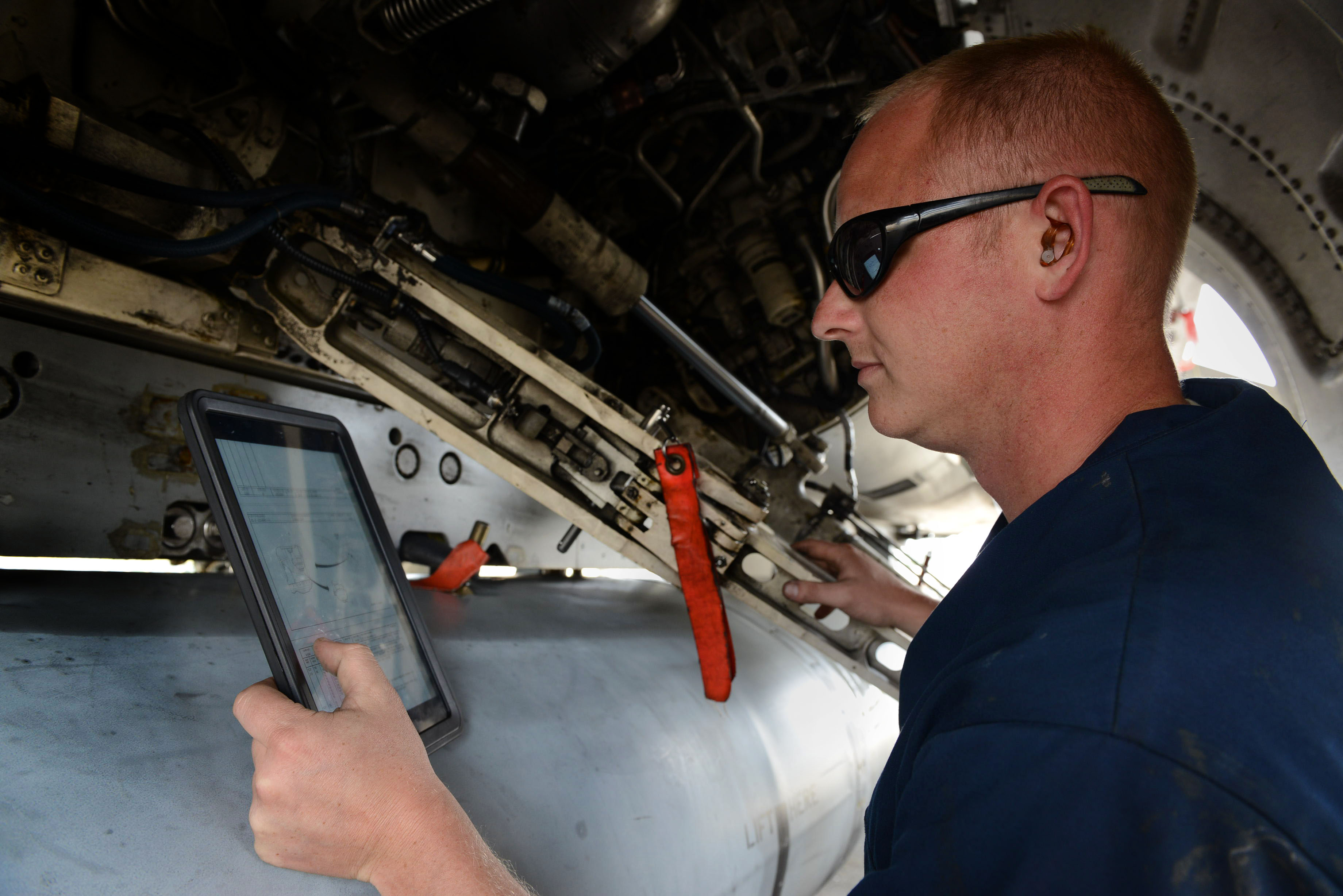How Advanced Technologies are Revolutionizing Aircraft Maintenance

The aviation industry has always been an early adopter of emerging technologies – after all, the autopilot was around before World War I when it was developed by aviation pioneer Lawrence Sperry.
Today, the aviation industry is taking full advantage of advances in artificial intelligence (AI), automation, digital twins, and other new technology..
While flyers might not be hearing “this is Captain ChatGPT” over the cockpit intercom anytime soon, their safety in the skies is being enhanced by advanced technologies such as predictive maintenance.
“Modern aircraft systems incorporate various types of AI to enhance safety, efficiency, and overall performance,” says high-performance battery manufacturer Amprius. “AI plays a crucial role in predictive aircraft maintenance. It uses intelligent systems to analyze data from sensors and equipment on planes. This helps predict when parts might need repair or replacement.”
Half of Dozen Ways AI is Used in Aircraft Maintenance
Emily Newton, writing in Airways magazine last year, says that AI in aircraft maintenance can be used by fleet managers and technicians to minimize repair costs, streamline maintenance processes, and improve airframe performance.
“Today’s AI algorithms are capable of rapid data analytics, computer vision, and robotic process automation. These abilities are invaluable in aircraft maintenance,” wrote Newton.
Newton detailed six different ways that AI is being used in aircraft maintenance including:
- AI-powered Visual Inspections
- AI algorithms are used to analyze images and videos captured during visual inspections of aircraft components. These algorithms can detect anomalies, such as cracks, corrosion, or other signs of wear and tear, with greater accuracy and efficiency than human inspectors.
- AI can be integrated with drones or robotic systems for remote visual inspections of aircraft exteriors and difficult-to-access areas, reducing the need for manual inspection and ensuring thorough coverage.
- AI algorithms are used to analyze images and videos captured during visual inspections of aircraft components. These algorithms can detect anomalies, such as cracks, corrosion, or other signs of wear and tear, with greater accuracy and efficiency than human inspectors.
- Aircraft Performance Optimization
- AI algorithms analyze vast amounts of data collected from various sensors installed in aircraft systems to optimize performance parameters such as fuel efficiency, engine performance, and aerodynamics.
- Machine learning models can predict potential performance issues or deviations from optimal conditions based on historical data, enabling proactive maintenance and operational adjustments to maximize efficiency and safety.
- AI algorithms analyze vast amounts of data collected from various sensors installed in aircraft systems to optimize performance parameters such as fuel efficiency, engine performance, and aerodynamics.
- Autonomous Performance Monitoring
- AI-powered systems continuously monitor aircraft performance in real-time, analyzing data streams from onboard sensors and systems.
- These systems can detect abnormalities, deviations from expected behavior, or potential failures, triggering alerts to maintenance crews or initiating corrective actions autonomously.
- By leveraging AI, aircraft operators can enhance safety and reliability by detecting and addressing issues before they escalate into critical failures.
- AI-powered systems continuously monitor aircraft performance in real-time, analyzing data streams from onboard sensors and systems.
- Maintenance Data Analysis
- AI algorithms process and analyze large volumes of maintenance data, including historical maintenance records, sensor data, and operational parameters.
-
- By identifying patterns, trends, and correlations within the data, AI helps optimize maintenance processes, predict component failures, and determine the most effective maintenance strategies.
- Predictive maintenance models powered by AI enable maintenance teams to schedule repairs and replacements based on actual component conditions rather than predefined maintenance intervals, reducing downtime and costs.
- By identifying patterns, trends, and correlations within the data, AI helps optimize maintenance processes, predict component failures, and determine the most effective maintenance strategies.
- Maintenance Schedules and Documentation:
- AI systems assist in generating and optimizing maintenance schedules based on factors such as aircraft usage, operational conditions, and regulatory requirements.
- Natural language processing (NLP) algorithms can automate the generation of maintenance documentation, including work orders, service reports, and compliance documentation, streamlining administrative tasks for maintenance crews and regulatory compliance.
- AI systems assist in generating and optimizing maintenance schedules based on factors such as aircraft usage, operational conditions, and regulatory requirements.
- Mechanical Failure Protection
- AI-based prognostics and health management (PHM) systems predict potential mechanical failures by analyzing sensor data and historical performance data.
- These systems can identify early warning signs of component degradation or impending failures, allowing maintenance crews to take preemptive action, such as replacing or repairing components before they fail.
- By leveraging AI for mechanical failure protection, aircraft operators can improve safety, reduce unplanned downtime, and minimize maintenance costs associated with reactive repairs.
- AI-based prognostics and health management (PHM) systems predict potential mechanical failures by analyzing sensor data and historical performance data.
Automation Can Monitor and Predict Maintenance Needs
The applications above demonstrate how AI is transforming aircraft maintenance by enhancing inspection capabilities, optimizing performance, enabling proactive maintenance strategies, and streamlining maintenance operations.
While aircraft maintenance was mainly done manually in the past with people checking and fixing things as needed, automation is taking over today.
“Now, automation uses computers and smart systems to monitor and predict when parts of an aircraft need maintenance. This means issues can be spotted before they become big problems, making flying safer,” says Amprius.
Airlines like Lufthansa, says Amprius, are utilizing machine learning to analyze historical maintenance data to predict when aircraft parts need servicing, which leads to reduced unplanned maintenance and improved flight safety.
5 Benefits of Automation in Aircraft Maintenance
Automation in aircraft maintenance offers numerous benefits, including:
- Improved Safety: Automation reduces human error by implementing standardized procedures and leveraging AI algorithms for predictive maintenance and real-time monitoring. This results in safer operations and fewer incidents caused by maintenance-related issues.
- Increased Efficiency: Automated processes streamline maintenance workflows, reducing manual labor and minimizing downtime. Predictive maintenance algorithms optimize maintenance schedules, ensuring that components are serviced at the most opportune times, thereby maximizing aircraft availability and utilization.
- Cost Savings: By reducing the need for manual inspections, optimizing maintenance schedules, and enabling predictive maintenance, automation helps lower maintenance costs. Proactive maintenance strategies prevent costly unplanned downtime and reduce the likelihood of major component failures, resulting in significant savings over time.
- Enhanced Data Analysis: Automation enables the analysis of vast amounts of data collected from onboard sensors, maintenance records, and operational parameters. AI algorithms can identify patterns, trends, and anomalies within the data, providing insights that facilitate more informed decision-making and optimization of maintenance processes.
- Regulatory Compliance: Automated systems ensure that maintenance tasks are performed in accordance with regulatory requirements and industry standards. By automating documentation processes and compliance checks, aircraft operators can streamline regulatory compliance efforts, reduce administrative overhead, and minimize the risk of non-compliance penalties.
AI Changing the Way We Fly and Maintain Aircraft
“More than a century after the invention of the autopilot, aerospace engineers are still working to bring more automated processes into aircraft cockpits to enhance safety, increase efficiency, and reduce pilot workload,” reported AIN science and technology editor Hanneke Weitering. “But AI isn’t only changing the way airplanes fly—it’s transforming nearly every aspect of aviation on the ground, too.”
Aviation Maintenance, Repair, and Overhaul (MRO) companies can utilize digital twins to perform predictive maintenance by creating virtual replicas of aircraft components, systems, or even entire aircraft.
Weitering points out that AI is not new to aviation.
“The aviation industry already has used at least some primitive form of AI technology for years, particularly for manufacturing and MRO,” wrote Weitering. “Although the aerospace industry already widely uses AI for various applications, it has only just begun to make an impact. In the coming years, new applications will begin to emerge as companies find ways to take advantage of generative AI—models like ChatGPT that use machine learning and deep neural networks to generate outputs not predefined by human programmers.”
MROs, taking advantage of new AI and machine learning technology such as digital twins can:
- Integrate data from various sources -- such as onboard sensors, historical maintenance records, operational data, and external sources – to gain a comprehensive and real-time view of the aircraft’s condition and performance.
- Using advanced modeling techniques, can create digital representations of aircraft components, subsystems, and systems to help predict how they will degrade over time under different operating conditions.
- AI algorithms can analyze data collected from digital twins to help identify patterns, trends, and correlations that may indicate potential maintenance issues.
- Digital twins enable condition-based maintenance strategies, where maintenance activities are scheduled based on the actual condition of the aircraft components rather than fixed time intervals.
- Digital twins provide MROs with valuable insights into the performance, reliability, and maintainability of aircraft components and systems.
Overall, digital twins enable MROs to transition from reactive or scheduled maintenance approaches to predictive maintenance strategies, where maintenance activities are performed proactively based on data-driven insights, resulting in improved reliability, safety, and cost-effectiveness.
Lawrence Sperry would certainly approve.



